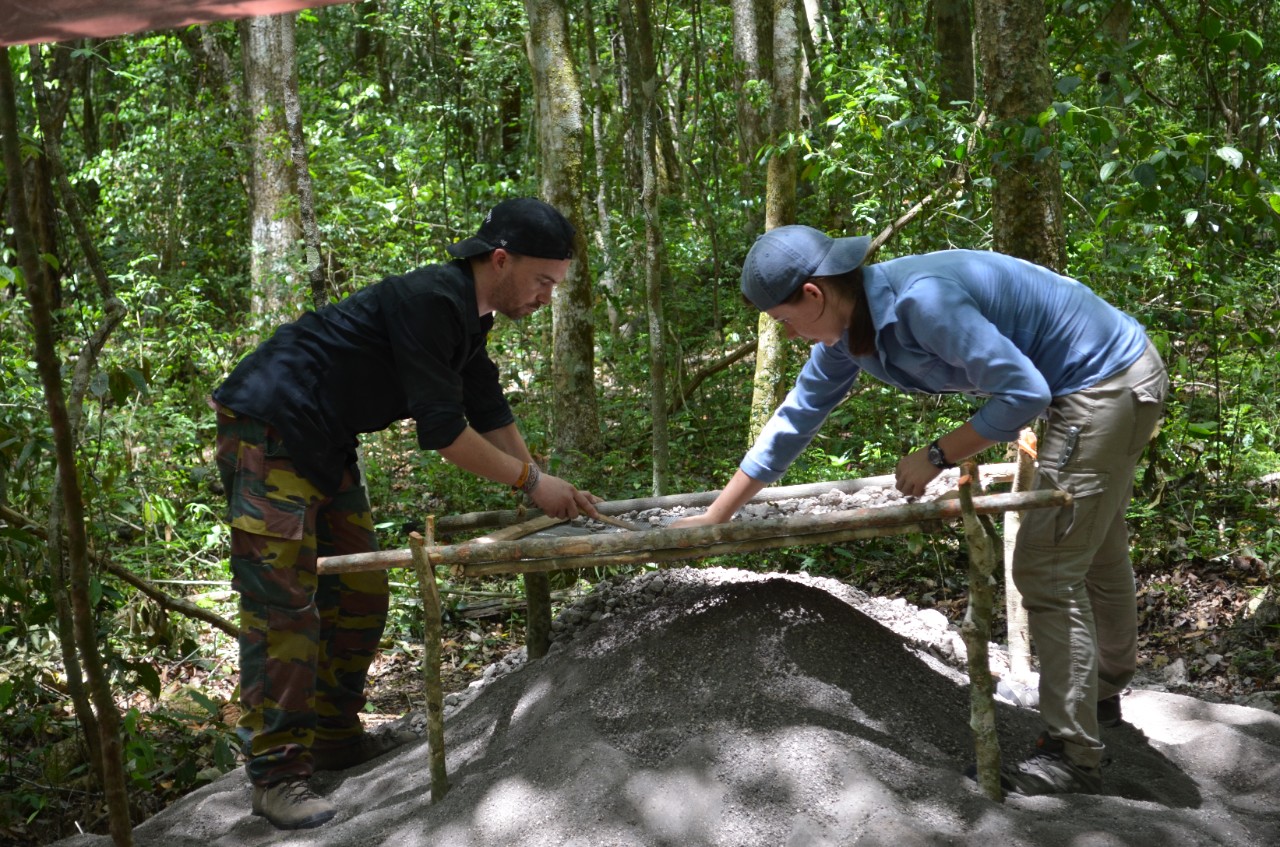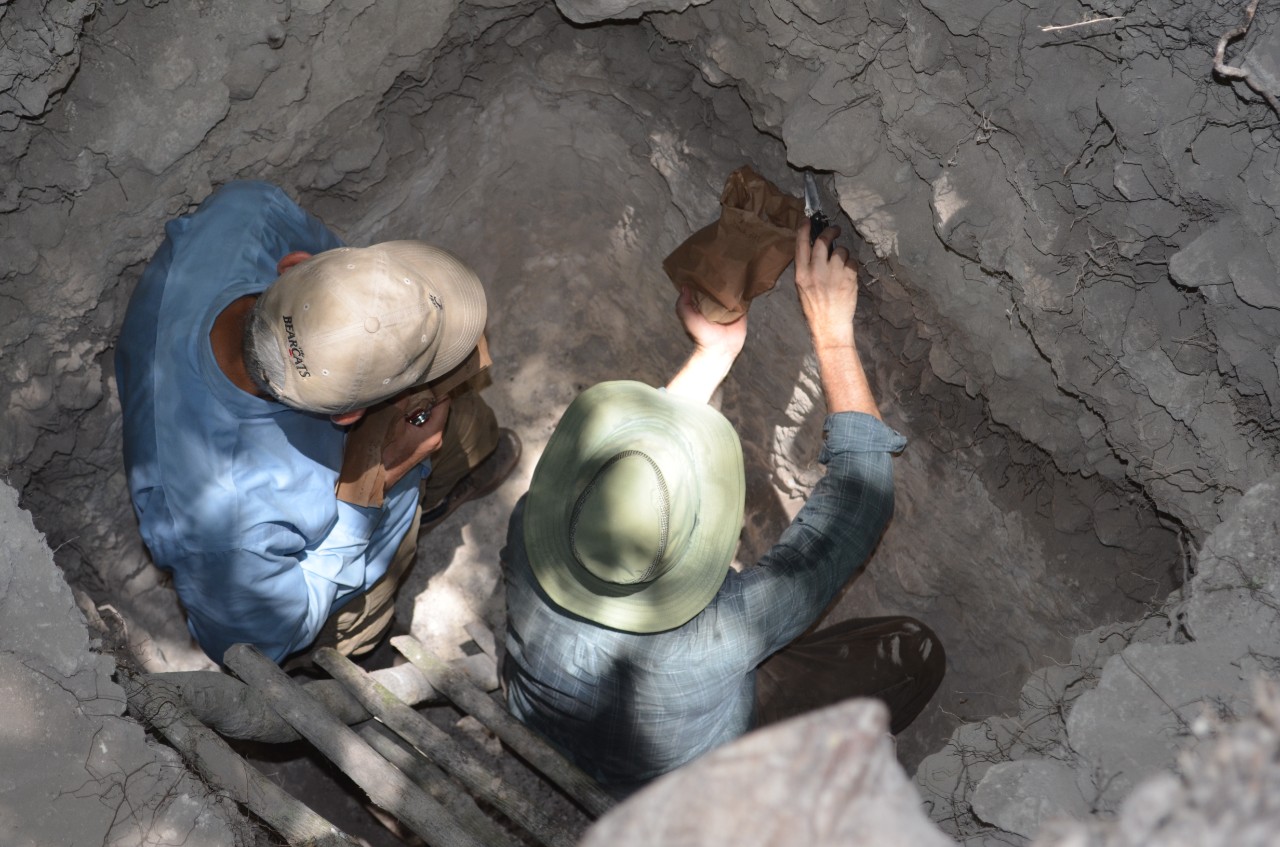
Discover: How ancient Maya practiced sustainable agriculture
Magazine highlights UC's new discoveries about ancient Maya
Discover Magazine highlighted work by the University of Cincinnati that suggests the ancient Maya practiced sustainable forestry and agriculture.
UC researchers used genetic and pollen analyses to provide the most detailed examination to date of the wild and cultivated plants found in the ancient Maya city Yaxnohcah, which was occupied between 1,800 and 3,000 years ago in what is now Mexico’s Yucatan Peninsula.
UC College of Arts and Sciences paleo-ecologist David Lentz told Discover Magazine that the ancient Maya managed their crops and forests in a way that showed consideration for the future.
“Everything the Maya used is still there, and still there in abundance,” Lentz told Discover.
A multidisciplinary team of biologists, anthropologists, geneticists and geographers collected and analyzed 38 soil samples, finding evidence of wild trees and plants growing near the city. The research suggests the ancient Maya left much of the rainforest intact.
The study was published in the journal Frontiers in Ecology and Evolution.

UC professors David Lentz and Nicholas Dunning work at an ancient Maya site at Yaxnohcah. Photo/Provided
Related Stories
Tenecteplase no longer 'off label' for acute ischemic stroke
March 17, 2025
The University of Cincinnati's Yasmin Aziz was featured in a MedCentral article discussing the recent FDA approval of the drug tenecteplase for treatment of acute ischemic stroke.
Cold-blooded and they make great friends
March 13, 2025
First-year student Josh Lantz starts a Herpetology Club at the University of Cincinnati.
REVIEW: CCM's 'A Midsummer Night's Dream' an 'exuberant triumph
March 10, 2025
The Cincinnati Business Courier praises UC College-Conservatory of Music's production of A Midsummer Night's Dream. Presented as part of the Opera Series on March 6-9, the production was directed by Robin Guarino and conducted by alumni guest artist William Langley.
